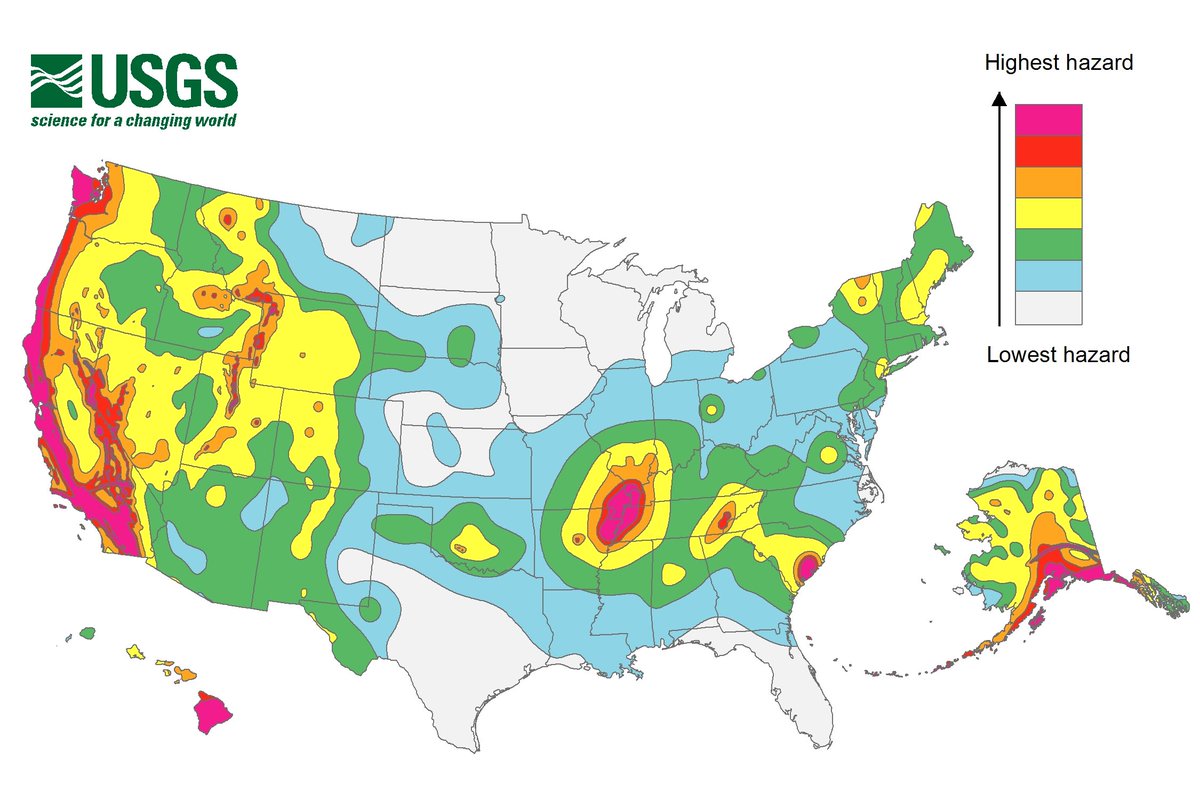
Seismologist, Founder of @dljcss, Author of The Big Ones (Doubleday), Viol Player. #MusicforClimateAction. @TempoAction Media requests go to my website
2 subscribers
How to get URL link on X (Twitter) App




